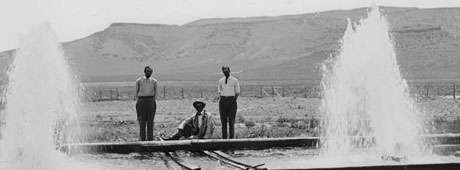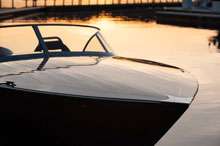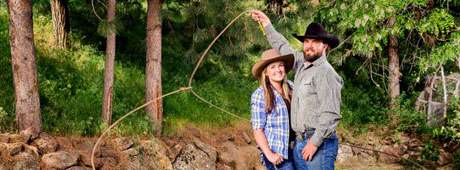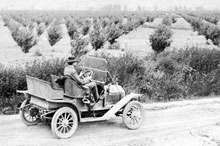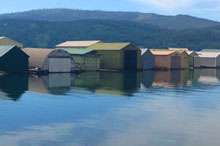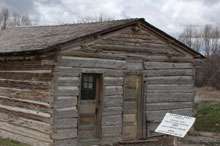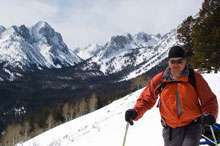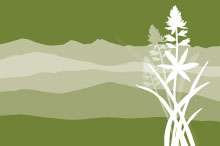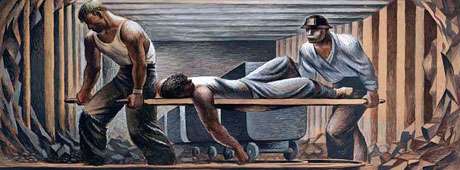No products in the cart.
Where’s the Fire?
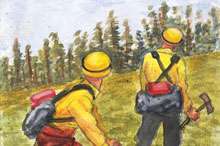
It was dusk, and we could smell whiffs of smoke from the forest fire we had been sent to extinguish, but we couldn’t spot it.
The timber was heavy as we rounded a ridge on the trail, heading northwest from Baldy Lake in the Seven Devils Mountains. Not knowing the exact location of the fire or its size and condition gave me visions of it suddenly taking off, and gobbling us up.
We were here because early that morning the lookout at Hat Point, across Hells Canyon from the Seven Devils, had spotted intermittent smoke from a lightning storm of the previous day. Jack Alley, the Riggins District Ranger, had sent me to hike in with an older fellow, who I seem to remember was a college student from Arizona. We went by truck to Windy Saddle, at the end of the road from Riggins, and then began walking. It was 1954, my second summer of working for the U.S. Forest Service. I was only eighteen, a year or two younger than the other summer employees, but I was nominally in charge, because I knew the country from having visited my Uncle Allen Wilson’s cow camp a couple years earlier.
We had begun our hike at about 1 p.m. on a Thursday. The trail led westerly across both forks of upper Sheep Creek, onto Dry Diggins Ridge, and then southerly to the upper reaches of Little Granite Creek, where my uncle’s cabin stood for his cow camp. From there, the trail ran downhill a little ways and passed Baldy Lake, which was all new to me. Now that it was almost dark, I wanted to avoid camping in the timber. I remembered an open meadow on the west face of the ridge that we’d been following and suggested we hike the eighth-mile or so down to it, to camp for the night.
Continue reading →
This content is available for purchase. Please select from available options.
Purchase Only
Purchase Only

